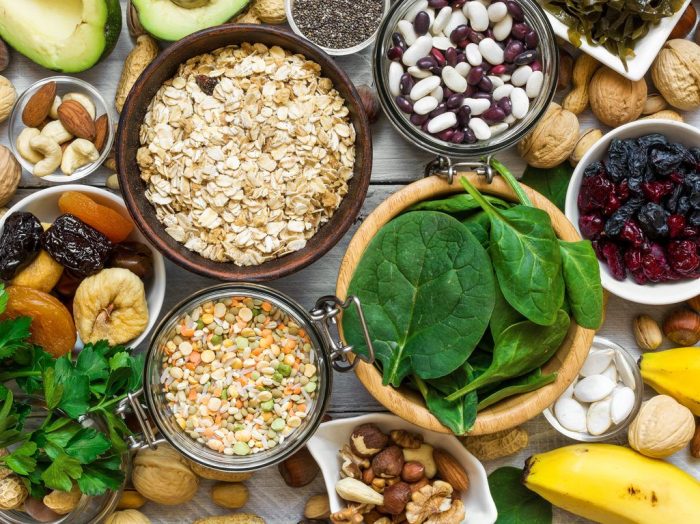Rooibos tea is the caffeine-free alternative to black or green tea, perfect to enjoy at any time of the day.
Rooibos tea origins
This African red tea is obtained from the long, needle-like leaves of a plant called Aspalathus linearis, which is green when picked and takes on a red hue during the fermentation process. Aspalathus linearis grows in South Africa and has a high content of polyphenols, beneficial for overall health. Rooibos, which means red bush in the Afrikaans dialect, is grown mainly in the Cederberg region of Western Cape.
What does Rooibos tea taste like?
This tea has a sweet, nutty aroma, and is often compared to hibiscus tea, reminiscent of earth tones. Aromas of vanilla, caramel, and a tobacco essence can be felt in its taste. The aromatic profile is neutral, and the taste of red tea can be enhanced with a slice of lemon or a tablespoon of honey.
Rooibos tea benefits
1. It is caffeine-free, oxalic acid-free, and has a low tannin content
Caffeine is present in green or black tea, with remarkable properties on concentration, good mood, and attention. Compared to the other two types of teas mentioned, Rooibos has a low content of tannin, a natural compound that interferes with the absorption of essential nutrients, such as iron. High consumption of oxalic acid increases the risk of kidney stones, which means that Rooibos tea is suitable for anyone with kidney problems, as it does not contain this acid.
2. Rich in antioxidants and important nutrients
Antioxidants protect cells from the harmful action of free radicals. By consuming Rooibos tea, you can increase the level of antioxidants in the body, but research shows that the effect does not last very long. A cup of Rooibos tea ensures a pleasant intake of vitamin C, calcium, iron, magnesium, zinc, and alpha hydroxy acid.
3. Improves the appearance of the skin
Alpha hydroxy acid from Rooibos tea is often used in dermatological treatments, having the property of reducing the appearance of wrinkles. In a 28-day study in which people consumed African red tea daily, a 10% improvement in the appearance of fine lines and wrinkles was found. Also, consuming Roiboos can reduce skin irritation and redness.
4. Improves digestion
Many of the contemporary digestive disorders (celiac disease, acid reflux, chronic stomach pain) can be attributed to a poor diet or one too rich in processed foods, but consuming Rooibos tea has some digestive benefits worth considering. It contains some antispasmodic nutrients, which relieve stomach pain. Compounds such as quercetin, orientin, and vitexin relax the digestive system, and the tannins in tea reduce the symptoms of diarrhea.
Side effects
1. May increase the production of estrogen, the female hormone.
2. It may interfere with some medications, so it is best to consult your doctor if you are on treatment for a particular condition.
What do you say, did we convince you to enjoy a cup of Rooibos tea more often?






Great find!